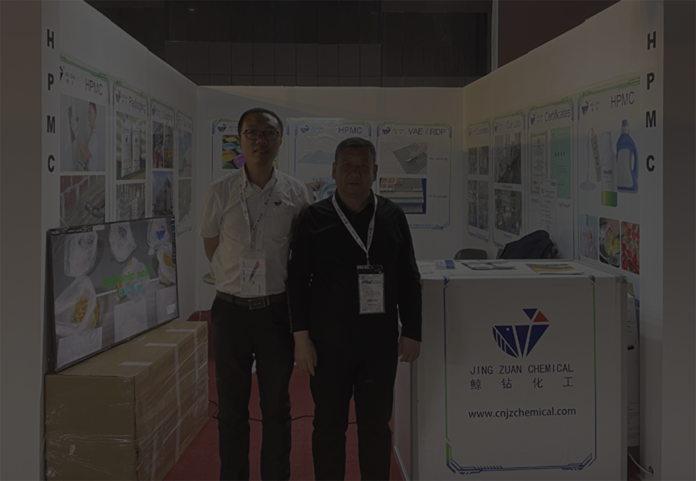
Oct . 17, 2024 12:50 Back to list
Innovative Approaches to HPMC-Based Formulation Development and Applications
HPMC Formulation An Overview of Hydroxypropyl Methylcellulose in Pharmaceutical Applications
In the pharmaceutical industry, the search for effective excipients that enhance drug delivery and stability has led to the widespread use of Hydroxypropyl Methylcellulose (HPMC). This cellulose derivative is known for its unique properties, making it an invaluable component in various formulations, including tablets, capsules, and topical preparations. This article delves into the characteristics, applications, and advantages of using HPMC in pharmaceutical formulations, celebrating its vital role in drug development.
Properties of HPMC
HPMC is a non-ionic, water-soluble polymer derived from cellulose through a process of etherification. Its remarkable characteristics stem from its ability to modify viscosity, form gels, and impart film-forming properties. HPMC is available in various grades, characterized by different degrees of methoxy and hydroxypropyl substitution, which influence its solubility, viscosity, and thermal behavior. This versatility allows formulators to tailor HPMC characteristics to meet specific requirements of different pharmaceutical products.
One of the most notable properties of HPMC is its ability to dissolve in cold or hot water, forming a clear, viscous solution. This solubility is particularly advantageous for creating sustained-release formulations, allowing drugs to be released gradually over an extended period. Additionally, HPMC exhibits good compatibility with many active pharmaceutical ingredients (APIs), making it a favorable choice for a wide range of formulations.
Applications of HPMC in Pharmaceuticals
HPMC plays a pivotal role in various pharmaceutical applications, particularly in solid dosage forms like tablets and capsules. It serves as a binder and would improve the mechanical strength and integrity of tablets. When used in granulation, HPMC aids in forming granules that facilitate uniform distribution of the API, ensuring consistent dosage and enhanced bioavailability.
In controlled-release formulations, HPMC acts as a matrix-forming agent. It swells upon contact with water, creating a gel layer that controls the diffusion of the drug. This property is harnessed in developing matrix tablets, where a rate of drug release can be modulated through the selection of appropriate HPMC grades and concentrations.
hpmc formulation

Moreover, HPMC is utilized in the preparation of film coatings for tablets, offering benefits such as improved appearance, masking of unpleasant tastes, and enhanced stability against environmental factors like moisture and light. This coating also helps in the easy identification of tablets, which is crucial for patient safety.
Beyond solid oral dosage forms, HPMC is also employed in topical formulations, where its film-forming and emulsifying properties are advantageous. HPMC is commonly used in gels and creams, providing the desired texture and consistency while offering a barrier effect to protect the skin.
Advantages of HPMC in Formulations
Utilizing HPMC in pharmaceutical formulations presents several advantages. First, its non-toxic and biocompatible nature makes it suitable for various applications, including those involving sensitive patient populations. Furthermore, HPMC is often regarded as a superior alternative to other materials due to its lower susceptibility to microbial growth and its stability over a wide pH range.
Another significant advantage is HPMC’s ability to enhance the solubility of poorly water-soluble drugs. By incorporating HPMC into formulations, formulators can improve the dissolution rate of these compounds, thus enhancing their overall bioavailability and therapeutic efficacy.
Conclusion
Hydroxypropyl Methylcellulose (HPMC) has established itself as a cornerstone in pharmaceutical formulation development. With its unique properties, HPMC offers formulators the flexibility to design and produce a myriad of dosage forms that meet specific patient needs and regulatory standards. As pharmaceutical technology continues to evolve, the exploration of HPMC's applications will undoubtedly expand, paving the way for innovative solutions that enhance the quality of drug delivery systems and ultimately improve patient outcomes. HPMC’s role in pharmaceuticals affirms its importance in promoting drug efficacy and safety, making it a critical ingredient in contemporary drug formulations.
-
Versatile Hpmc Uses in Different Industries
NewsJun.19,2025
-
Redispersible Powder's Role in Enhancing Durability of Construction Products
NewsJun.19,2025
-
Hydroxyethyl Cellulose Applications Driving Green Industrial Processes
NewsJun.19,2025
-
Exploring Different Redispersible Polymer Powder
NewsJun.19,2025
-
Choosing the Right Mortar Bonding Agent
NewsJun.19,2025
-
Applications and Significance of China Hpmc in Modern Industries
NewsJun.19,2025







